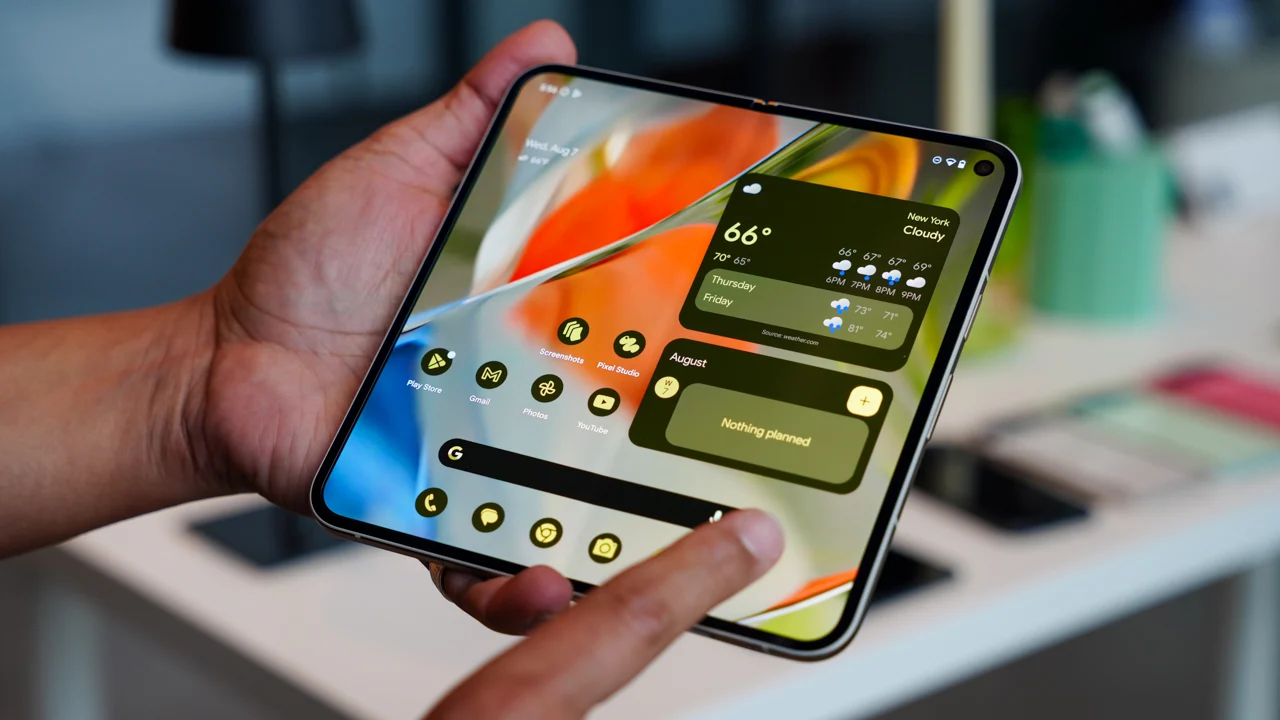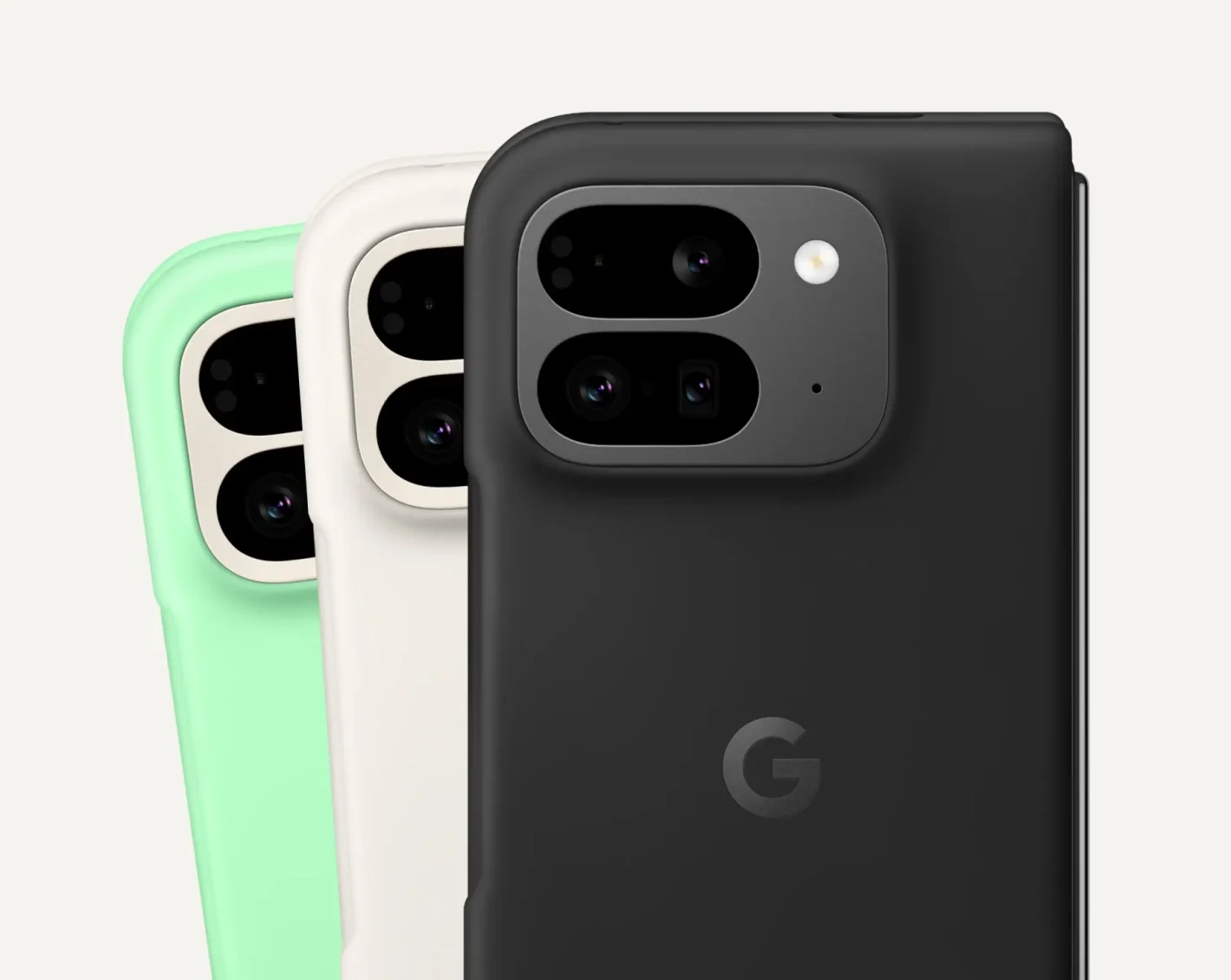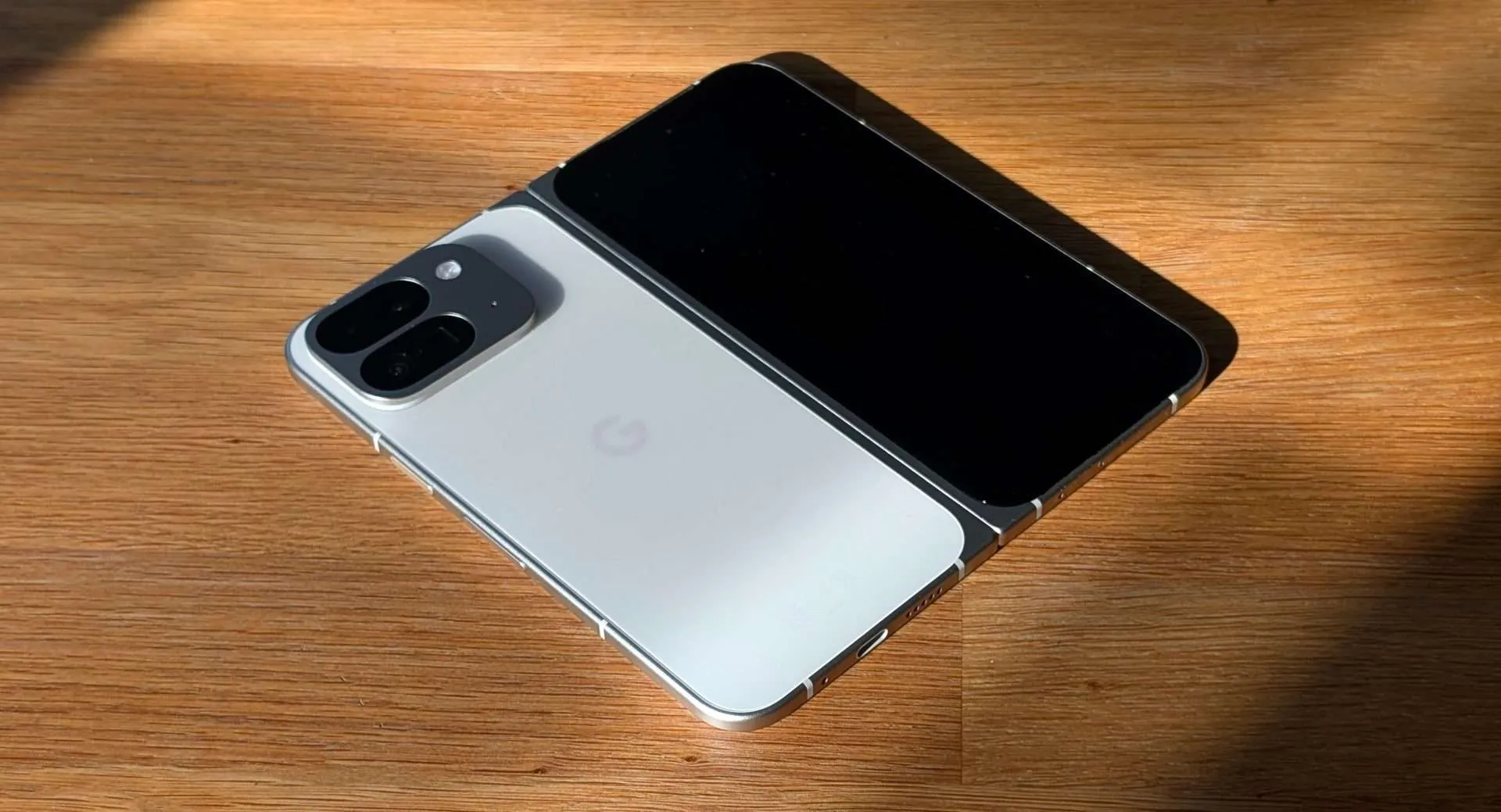As Google unveils its new lineup of Pixel devices, attention gravitates towards the much-anticipated Pixel 9 Pro Fold. While boasting an array of impressive features and hardware enhancements, the Pixel 9 Pro Fold surprisingly emerges with a slower charging speed, setting it apart—and not in an enviable way—from its sibling devices.

The Charging Pace of Google’s Newest Innovations
The excitement surrounding Google’s latest phone launches included a significant buzz about the improved charging capabilities across the board. The Pixel 9 Pro XL, for example, saw a noteworthy upgrade, now drawing 37W from the wall for rapid charging sessions. This marks Google’s most substantial advancement in wired charging speeds in recent years. Similarly, the standard Pixel 9 and the Pixel 9 Pro also received boosts, capable of 27W fast charging. However, the Pixel 9 Pro Fold did not inherit this speedy charging trait. According to statements from Google to tech news outlet 9to5Google, the Pixel 9 Pro Fold’s charging capacity is capped at 21W when using a wired connection. This speed is achievable with Google’s 45W charger, though it ostensibly represents the upper limit with any compatible high-power charger. The results are consistent with real-world testing, where the Pro Fold’s slower charge rate was evident.

Comparing the Pixel Lineup: A Closer Look at Battery Capacities and Charging Technologies
Despite being the premium model in terms of price, the Pixel 9 Pro Fold lags behind in the charging department. It houses a 4,650 mAh battery, which doesn’t charge much slower than the Pixel 9 and Pixel 9 Pro—both equipped with 4,700 mAh batteries—but the difference in charging technology does put the Fold at a disadvantage.
In comparison, the Pixel 8a, which is the most budget-friendly option in Google’s lineup, charges at an even slower pace of 18W. The Pixel 9 Pro Fold’s charging woes extend beyond the wired scenario. It also falls short in terms of wireless charging capabilities. Last month’s reports highlighted that the new Fold model is incompatible with Google’s Pixel Stand and supports only a maximum of 7.5W via Qi wireless charging. This is notably sluggish, especially compared to the increasingly common faster wireless charging options available on the market.

What Does This Mean for Users?
For tech enthusiasts and potential buyers, the slower charging speeds of the Pixel 9 Pro Fold might be a sticking point, particularly given its premium pricing. While the device offers cutting-edge technology and impressive specs elsewhere, the charging speed could influence user satisfaction and the overall user experience.
The slower charging capability of the Pixel 9 Pro Fold raises questions about its positioning within the competitive flagship market, where fast charging is often touted as a key feature. As the tech community continues to weigh the pros and cons, it will be interesting to see how this impacts the adoption and perception of Google’s most luxurious yet paradoxically slower-charging device.
In the dynamic world of smartphones, where efficiency and speed often govern consumer choices, the Pixel 9 Pro Fold’s slower charging rate presents a curious case of technological compromise in an otherwise stellar device. Will this be a dealbreaker for users, or will the Fold’s other features be enough to attract buyers? Only time will tell.









